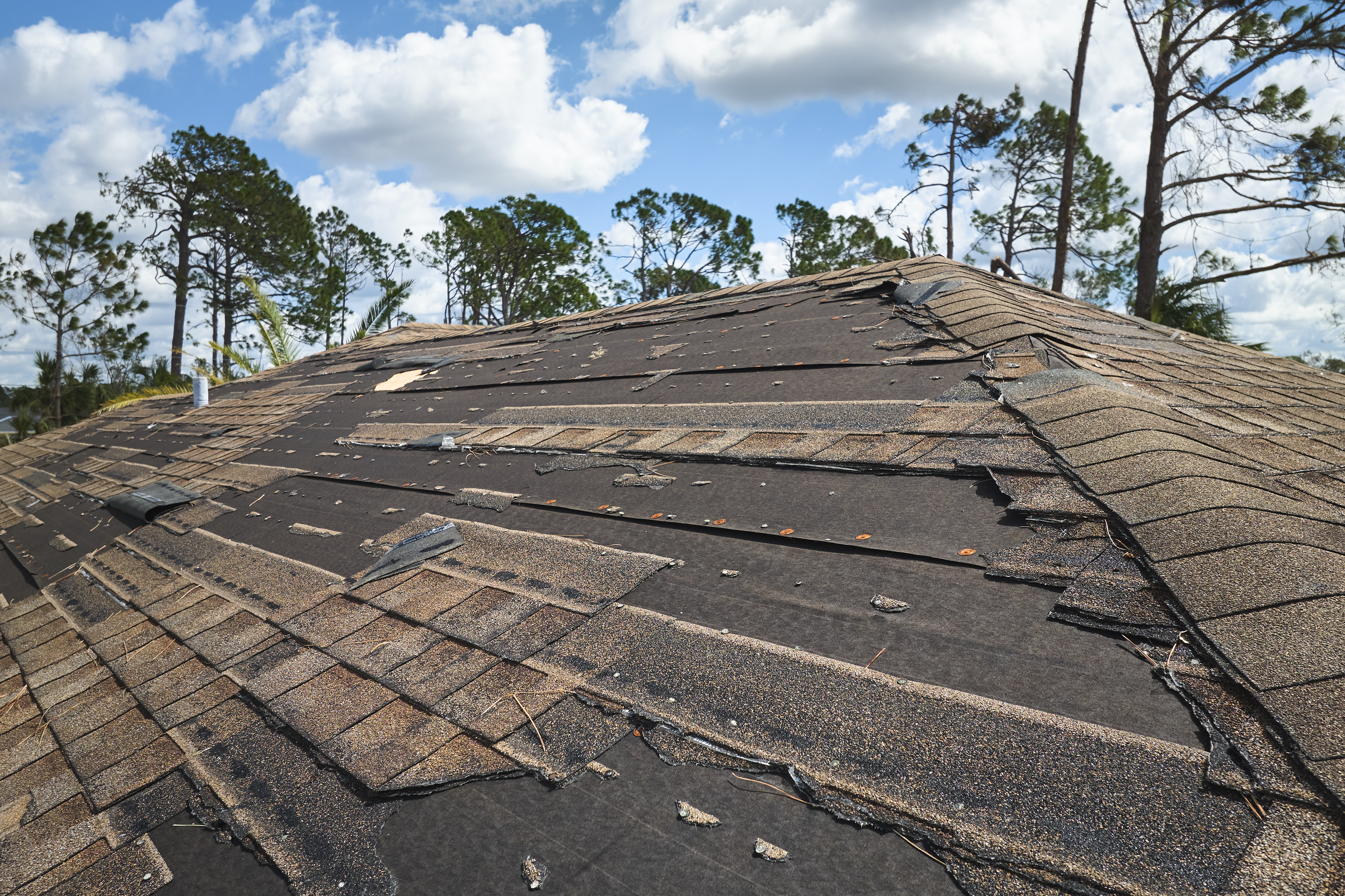Key Factors in Roof Maintenance Decisions
Assessing Roof Condition and Age
Determining whether to replace or Repair Your Shingle Roof involves a careful assessment of its age and overall condition. Roofs that are approaching the end of their expected lifespan, or that exhibit extensive damage or wear, may need to be replaced to ensure the home’s safety and maintain structural integrity. This evaluation is crucial, as older roofs or those with significant deterioration might not only fail to protect against weather but also pose a risk to the Building and its occupants.

Evaluating Damage Extent
The extent of the damage plays a critical role in this decision. Minor issues like a few missing shingles or localized leaks are often easily fixed through repairs, which can be a cost-effective solution for relatively new roofs. On the other hand, significant or widespread damage such as large areas of missing shingles, persistent leaks, or structural weakening usually indicates the need for a full replacement.
Long-Term Considerations and Costs
It’s important to consider both the immediate and long-term costs associated with either repairing or replacing your roof. Repairs might offer a short-term cost benefit but could lead to higher expenses down the road if the roof is already old or extensively damaged. Replacing the roof, although more costly upfront, can provide greater value over time through improved energy efficiency, reduced maintenance costs, and the assurance of a structurally sound roof for many years.
For an in-depth analysis and guidance on making the best choice between repairing and replacing your shingle roof, please refer to the complete article here.